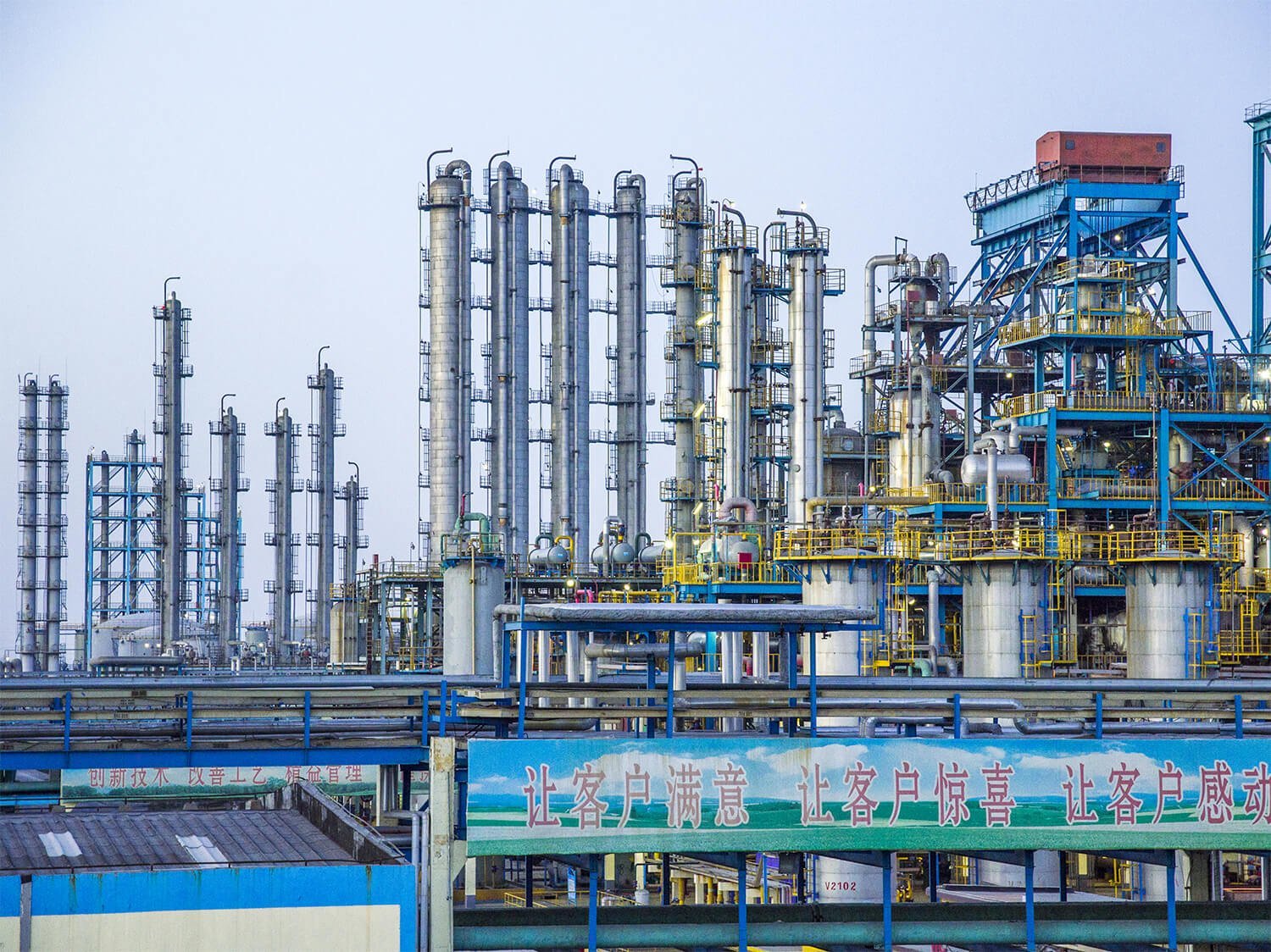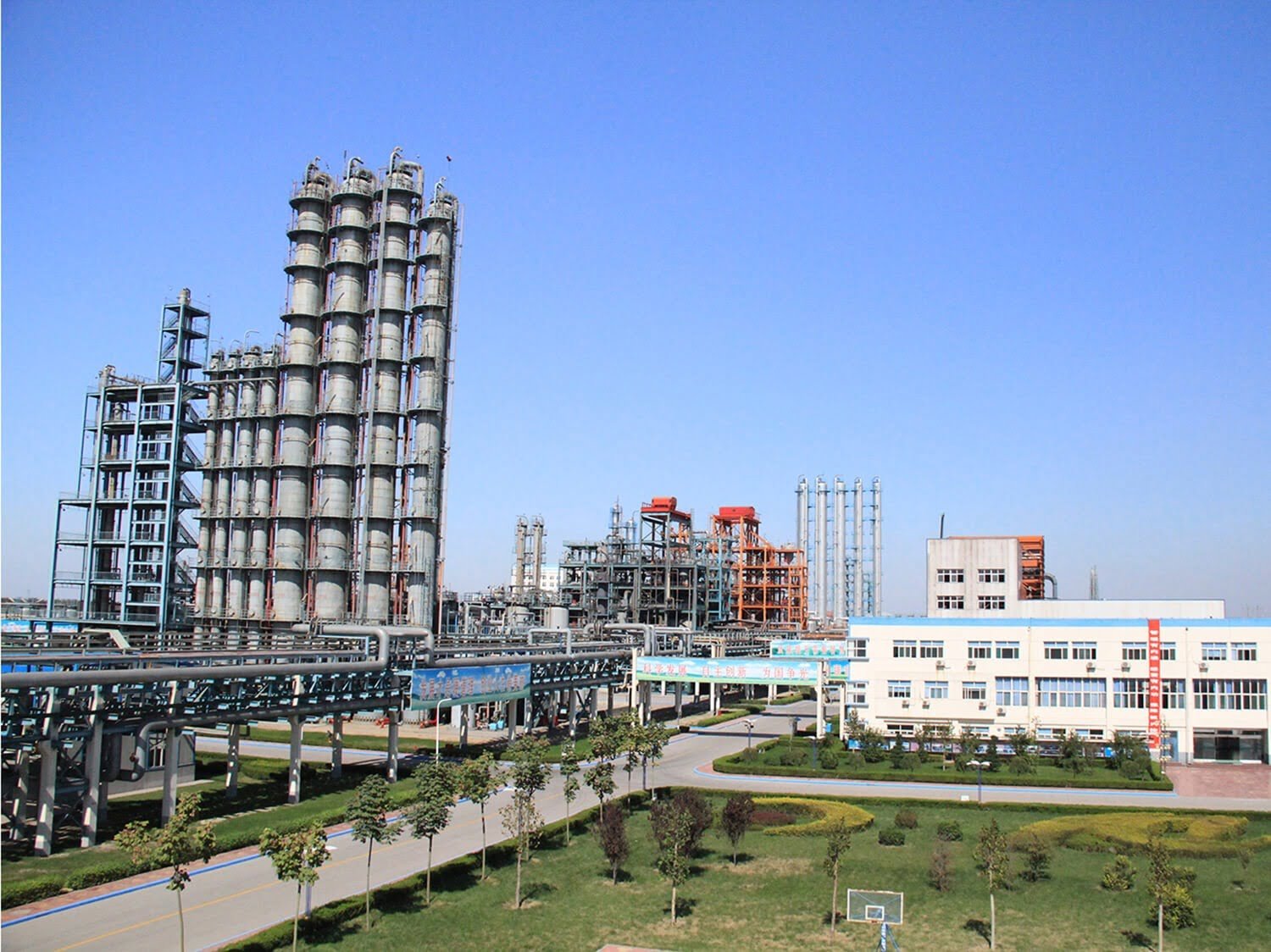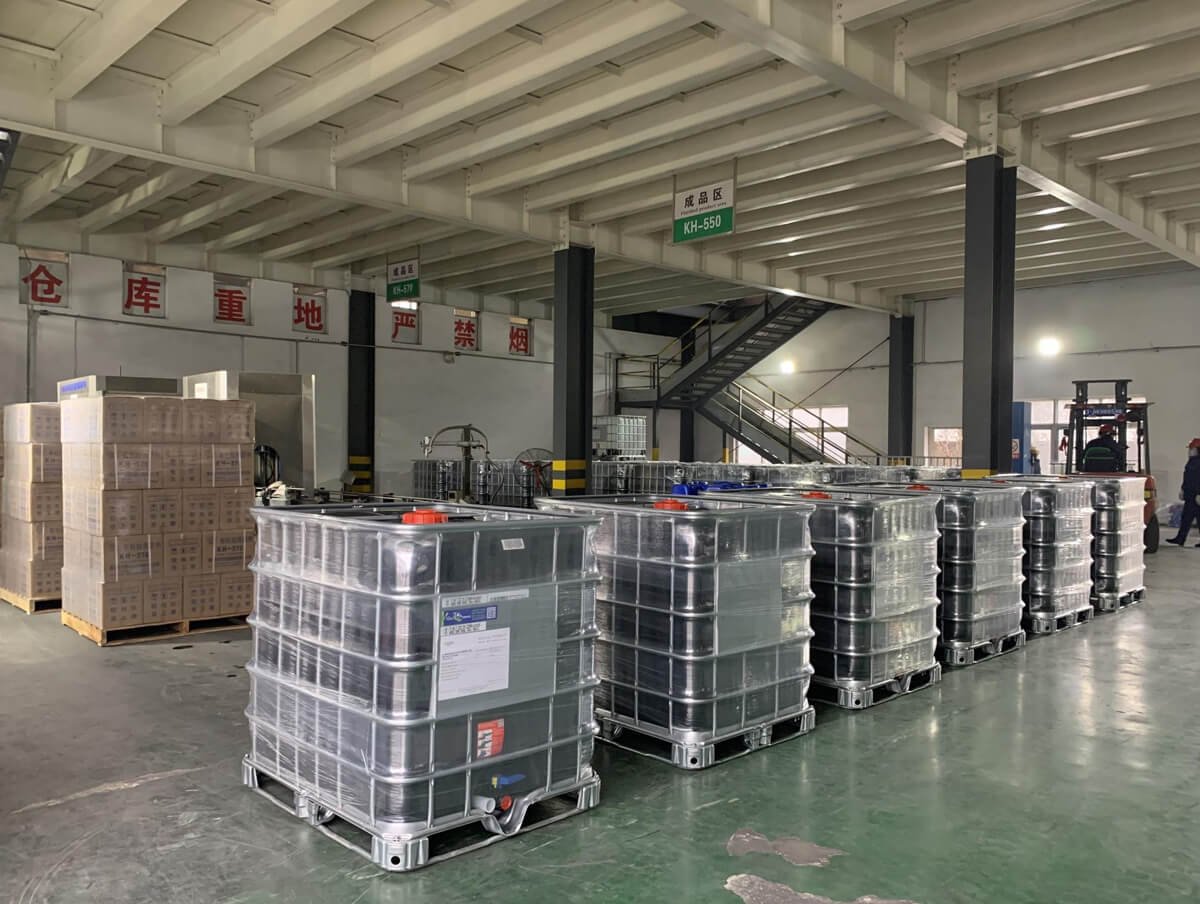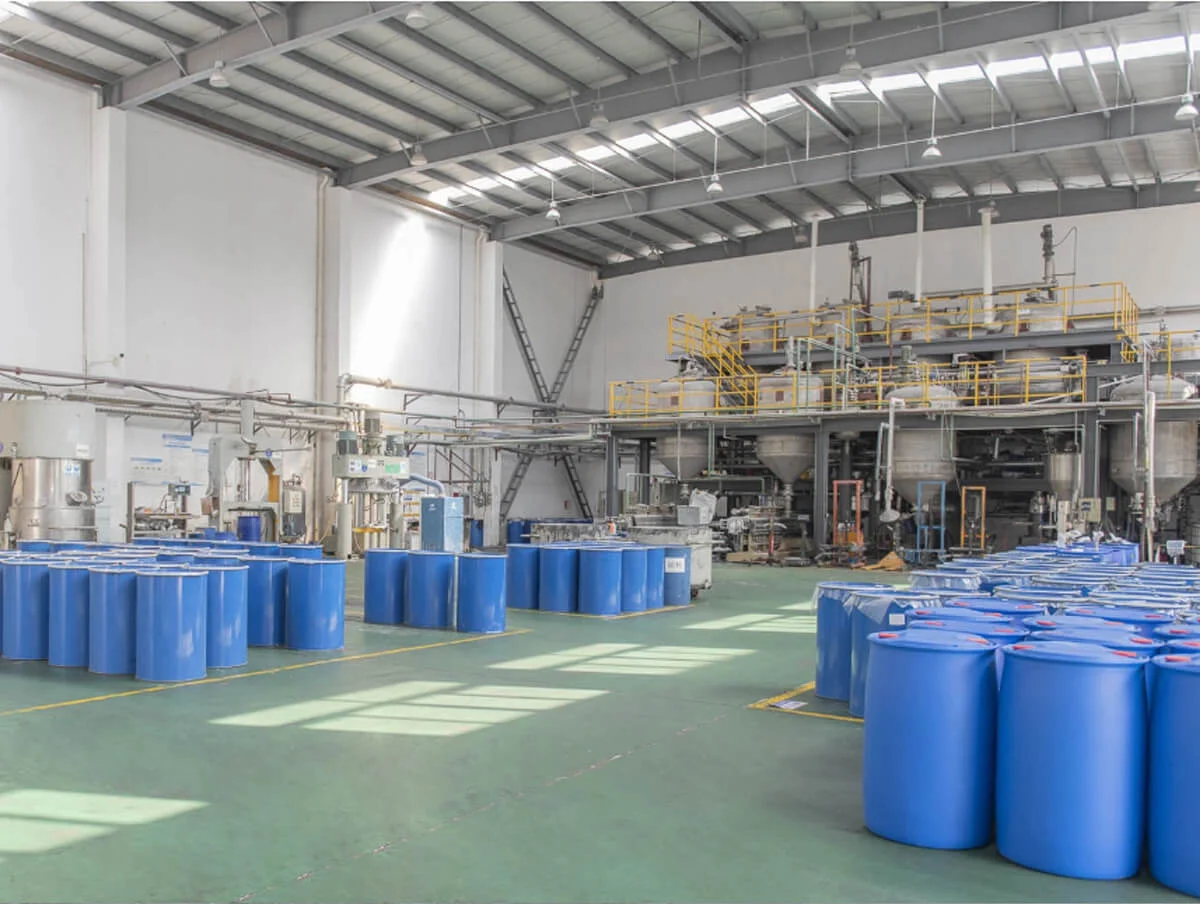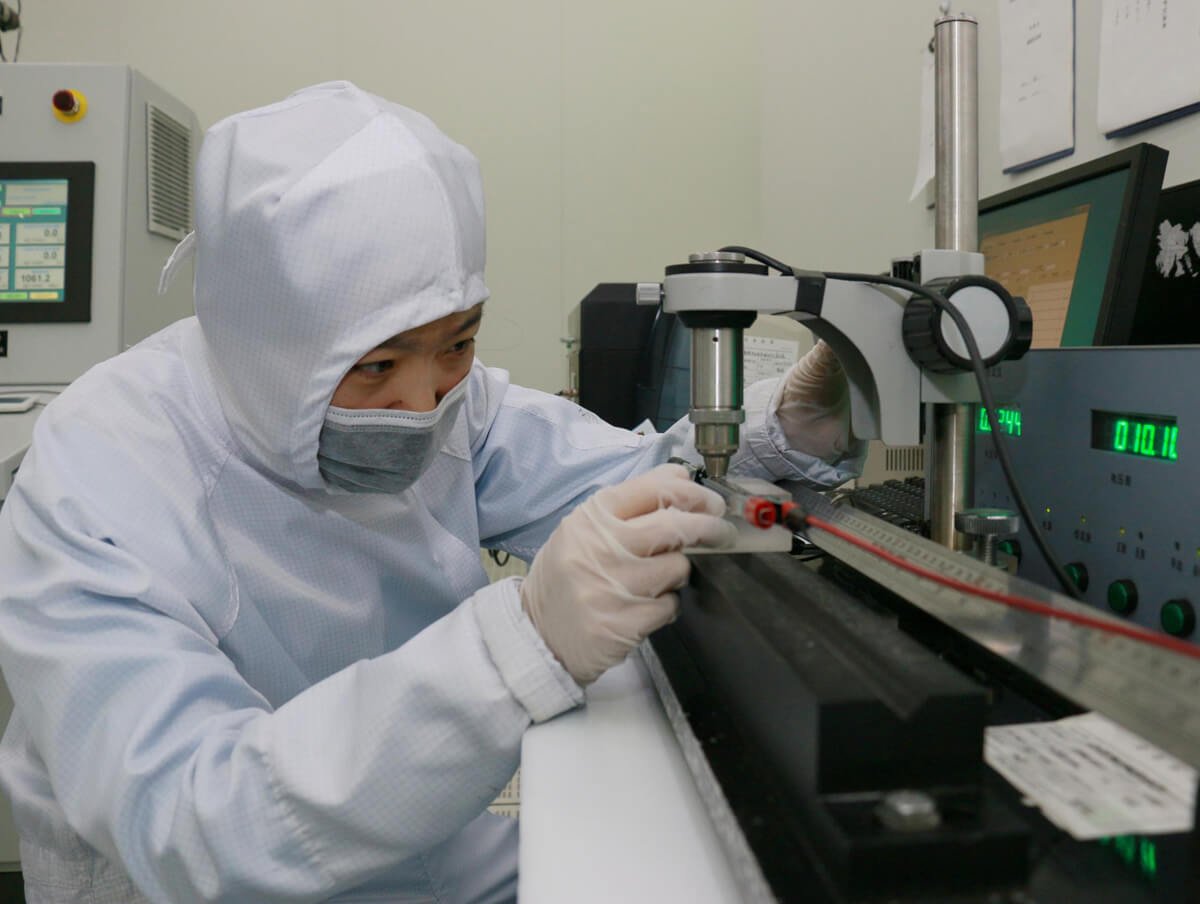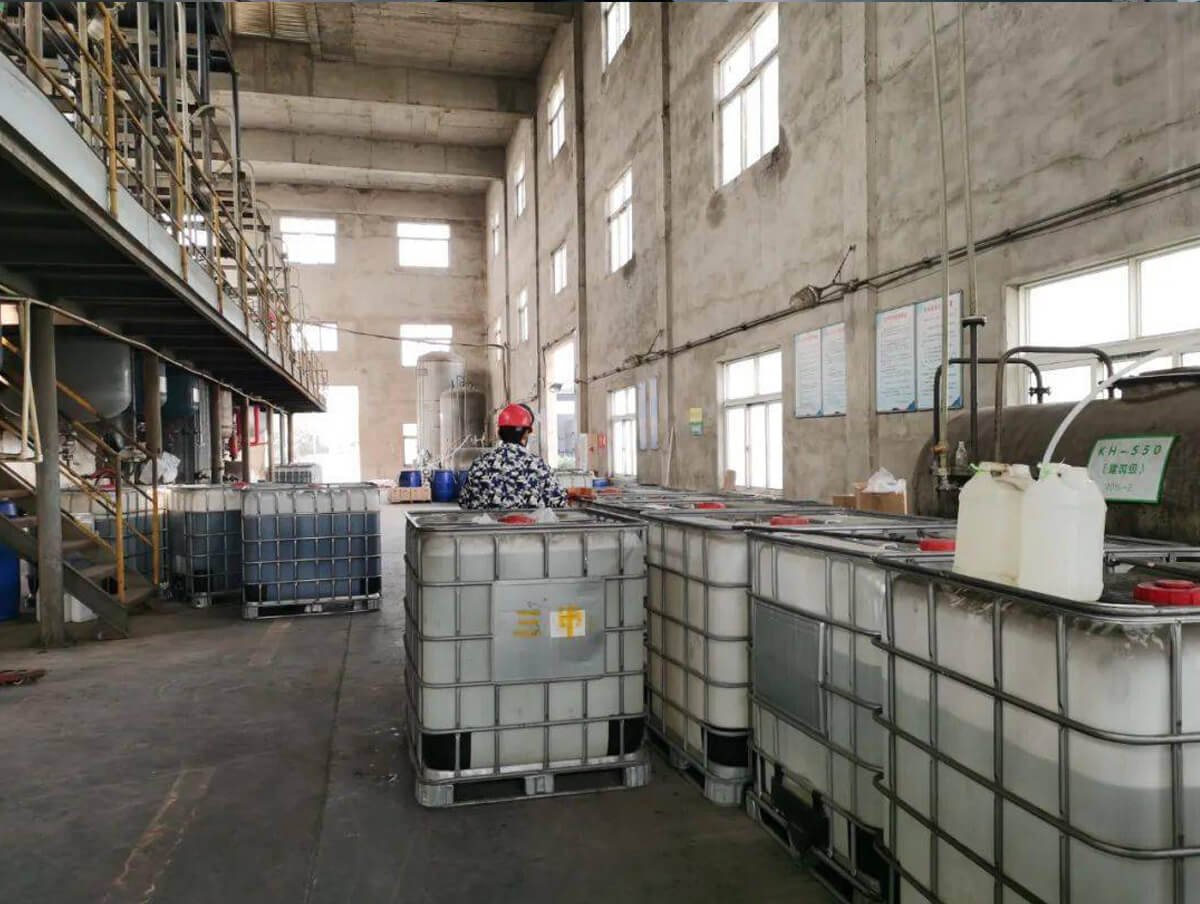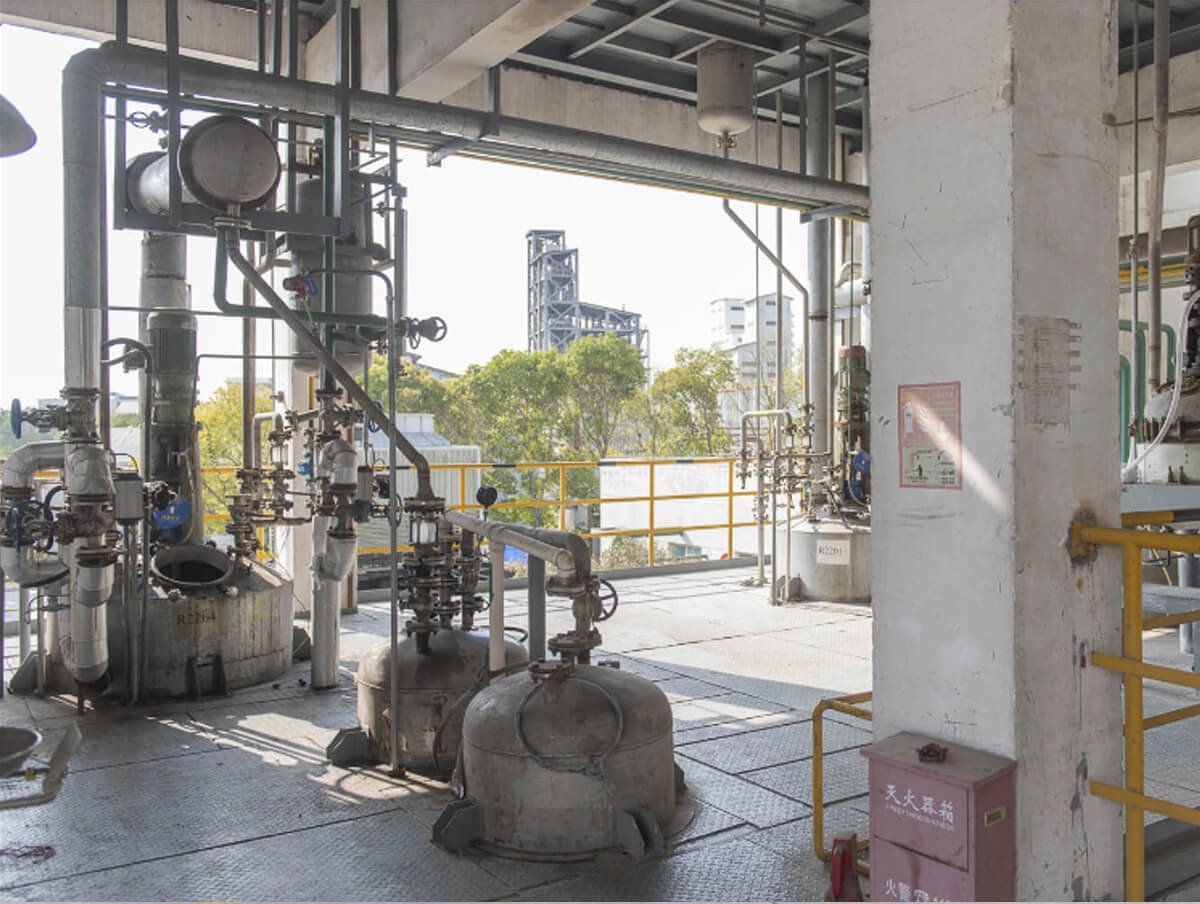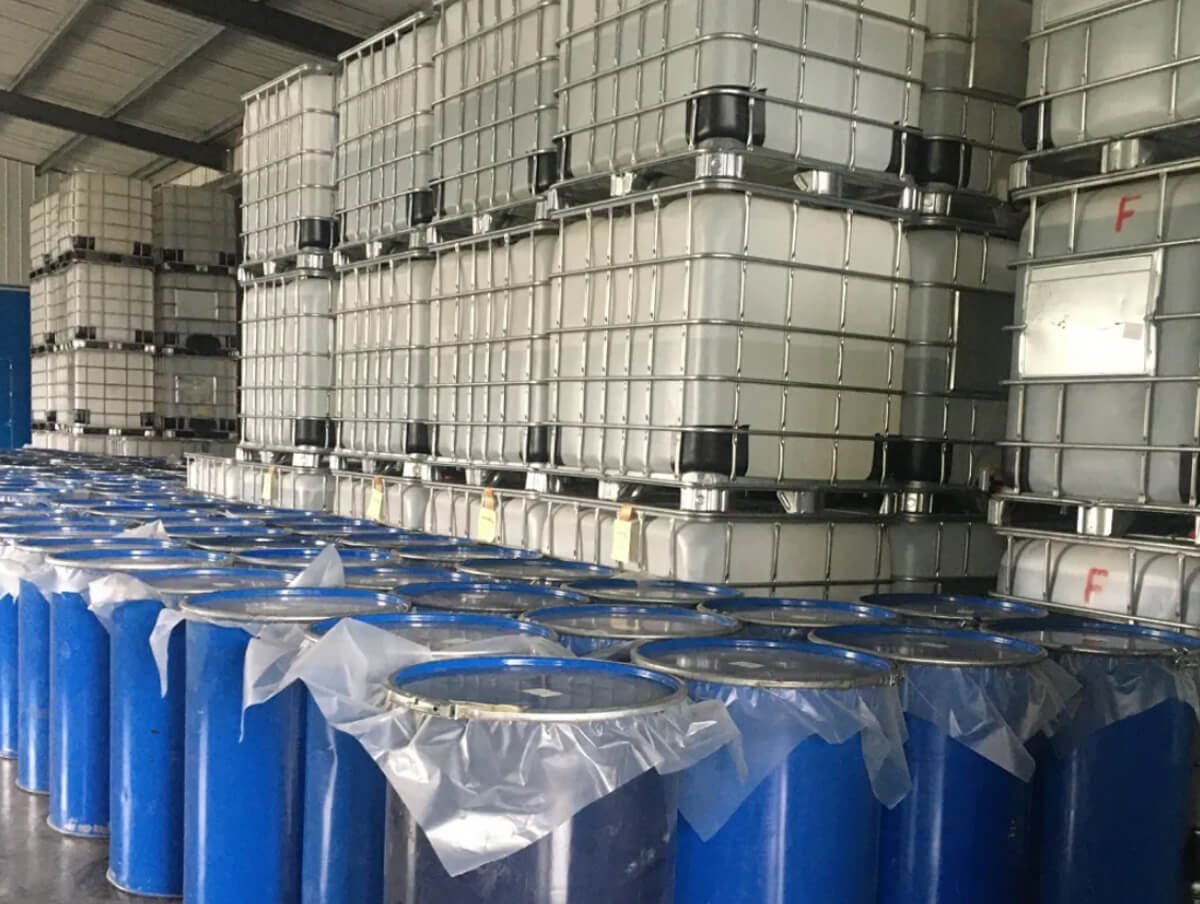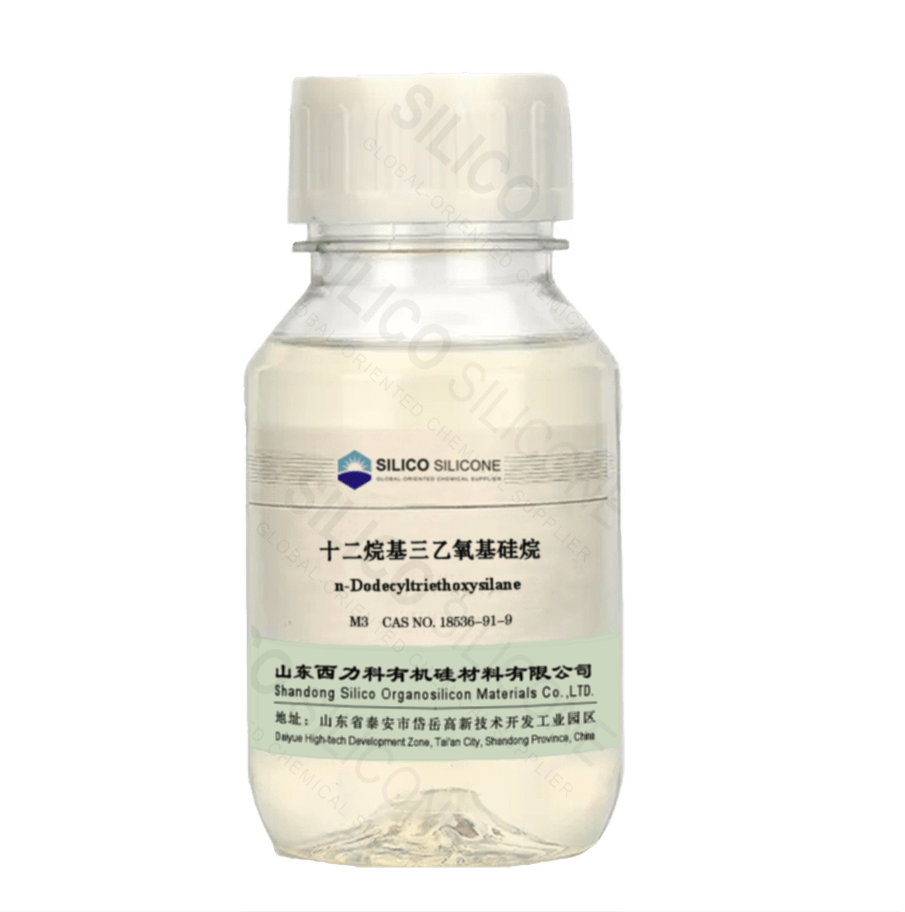

N-Dodecyltriethoxysilane
| Chemical Name: | n-Dodecyltriethoxysilane |
| Product Category: | Long-chain Silanes | Silane Coupling Agent |
| Structural Formula: |   |
| CAS No.: | 18536-91-9 |
| EINECS: | 242-409-9 |
| Molecular Formula: | C₁₈H₄₀O₃Si |
| Molecular Weight: | 332.60 g/mol |
| Appearance: | Colorless to pale yellow transparent liquid |
N-Dodecyltriethoxysilane Description
Dodecyltriethoxysilane, also known as N-dodecyltriethoxysilane or lauryltriethoxysilane, is an organosilicon compound widely used in various industrial applications. Its unique chemical structure allows it to function effectively as a surface modifier and coupling agent.
| Chemical name | N-Dodecyltriethoxysilane |
| Synonyms | Lauryltriethoxysilane, Triethoxy(lauryl)silane |
| Melting point | <0°C |
| Boiling point | 152°C |
| Density | 0.875 g/mL at 20°C |
| refractive index | n²⁰/D 1.426 |
| Flash Point | >110°C |
| Solubility | Reacts slowly with moisture/water; soluble in organic solvents |
| Applications |
|
| Safety and Handling |
|
| Purity | 96% Min |
| Packaging |
|
| Sample |
|
| Inventory items |
|
| Price |
|
Packaging Specifications




Jessica G.
Get the Latest Pricing and Information
- Quick and helpful reply within 8 hours;
- Tailored solutions provided for your project;
- One-stop purchasing service.
N-Dodecyltriethoxysilane: Guide
Dodecyltriethoxysilane is integral in applications requiring surface modification to enhance hydrophobicity and adhesion properties. Its ability to form durable, hydrophobic layers makes it invaluable across various industries, including coatings, electronics, textiles, and construction.
Key Benefits:
- Imparts hydrophobic properties to treated surfaces.
- Enhances adhesion between organic and inorganic materials.
- Improves durability of coatings and treated materials.
- Versatile applications across multiple industries.

